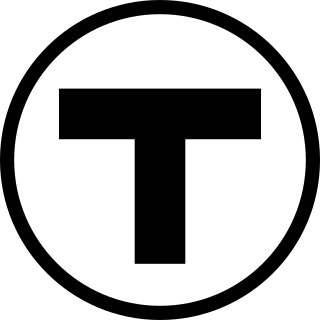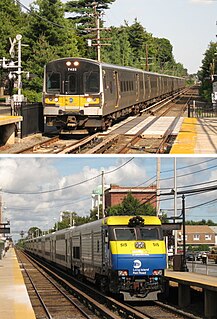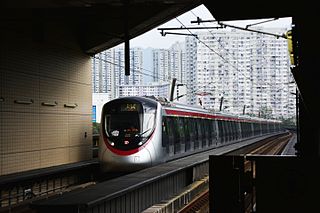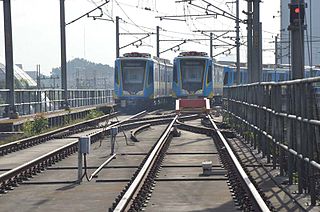| 7000 series | |
|---|---|
 | |
| In service | 2021 (projected) |
| Manufacturer | CRRC Sifang America |
| Built at | CRRC Plant, Chicago, Illinois |
| Replaced | 2600-series (base order) 3200-series (options if picked up) |
| Constructed | 2019–2029 (projected) |
| Number under construction | 400 (base order) 846 (total if options are picked up) |
| Formation | Married pair |
| Fleet numbers | 7001–7400 (base order) 7401–7846 (options if picked up) |
| Capacity | 37 to 38 (exact TBA) |
| Operator(s) | Chicago Transit Authority |
| Specifications | |
| Car body construction | Stainless steel with fiberglass end bonnets |
| Car length | 48 feet (14.63 m) |
| Width | 9 feet 4 inches (2.84 m) |
| Height | 12 feet (3.66 m) |
| Doors | 4 per car |
| Maximum speed | Design: 70 miles per hour (110 km/h) Service: 55 miles per hour (89 km/h) |
| Electric system(s) | Third rail, 600 V DC |
| Current collection method | Contact shoe |
| Braking system(s) | Regenerative and Pneumatic |
| Track gauge | 4 ft 8 1⁄2 in (1,435 mm) standard gauge |
The 7000 series is an upcoming series of rail car for the Chicago "L". The base order is for 400 cars and will be used to replace the 2600-series cars, dating back to the 1980s, [1] which are currently assigned to the Blue, Brown, and Orange Lines. If the Chicago Transit Authority (CTA) orders the additional 446 cars, these cars would replace the 3200-series cars, dating back to the early 1990s, which are currently assigned to the Blue and Brown Lines. Including all options, which is a total of 846 cars, the order will cost $1.3 billion. [2] The contract requires ten prototypes to be delivered by October 2019. [3] If the rail cars prove to be acceptable, then full production cars would be delivered starting in October 2020, at a rate of 10 cars per month. [1] The cost per car is approximately $1.58 million. [4]

The Chicago "L" is the rapid transit system serving the city of Chicago and some of its surrounding suburbs in the U.S. state of Illinois. Operated by the Chicago Transit Authority (CTA), it is the fourth-largest rapid transit system in the United States in terms of total route length, at 102.8 miles (165.4 km) long as of 2014, and the second-busiest rail mass transit system in the United States, after the New York City Subway. In 2016, the "L" had 1,492 rail cars, eight different routes, and 145 train stations; average weekday ridership was 759,866.

The 2600 series is a series of Chicago "L" car built between 1981 and 1987 by the Budd Company of Philadelphia, Pennsylvania. 600 cars were built, and 503 of them remain in service as of 2019.

The Blue Line, also known as the O'Hare-Congress Line and the West-Northwest Line, is a 26.93-mile-long (43.34 km) Chicago "L" line which extends through the Loop from O'Hare International Airport at the far northwest end of the city, through downtown via the Milwaukee-Dearborn Subway and across the West Side to its southwest end at Forest Park, with a total of 33 stations It is the CTA's second busiest rail line, with an average of 186,796 passengers boarding each weekday in September 2012.
Contents
According to the CTA, when the 7000-series cars enter service, the Chicago "L" will have one of the youngest fleets of any U.S. transit system. [5] For comparison, the average age of rapid transit trains will be 27 years for Boston, 25 years for the District of Columbia, 22 years for New York City, and 18 years for San Francisco. [1]

The Massachusetts Bay Transportation Authority is the public agency responsible for operating most public transportation services in Greater Boston, Massachusetts. Earlier modes of public transportation in Boston were independently owned and operated; many were first folded into a single agency with the formation of the Metropolitan Transit Authority (MTA) in 1947. The MTA was replaced in 1964 with the present-day MBTA, which was established as an individual department within the Commonwealth of Massachusetts before becoming a division of the Massachusetts Department of Transportation (MassDOT) in 2009.
The Washington Metro, formally the Metrorail, is a rapid transit system serving the Washington metropolitan area of the United States. It is administered by the Washington Metropolitan Area Transit Authority (WMATA), which also operates the Metrobus service under the Metro name. Opened in 1976, the network now includes six lines, 91 stations, and 117 miles (188 km) of route.

The New York City Subway is a rapid transit system owned by the City of New York and leased to the New York City Transit Authority, a subsidiary agency of the state-run Metropolitan Transportation Authority (MTA). Opened in 1904, the New York City Subway is one of the world's oldest public transit systems, one of the most-used, and the one with the most stations. The New York City Subway is the largest rapid transit system in the world by number of stations, with 472 stations in operation. Stations are located throughout the boroughs of Manhattan, Brooklyn, Queens, and the Bronx.















